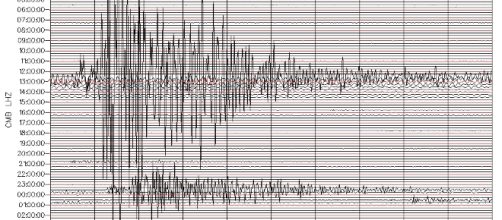Early this morning, the Greek island of Kos, as well as the coastal towns of Greece and Turkey, were all hit with a massive earthquake. The mayor of Kos confirmed that two people died on the island, with more confirmations possibly to come. 200 people were injured in the quake, as well as five seriously injured who may have been in a bar whose roof caved in at the time of the earthquake. It has been measured at a whopping 6.5 on the Richter scale – but what does that mean?
What is the Richter scale?
The Richter Scale is a measurement system developed in 1935 by Charles Richter to measure the size (or “magnitude”) of an earthquake.
This is in contrast with the Mercalli scale, which is used to measure the intensity of an earthquake. Geography students of average intelligence or lower often get the two mixed up.
This morning’s earthquake was between 6.0 and 6.9, so the Richter scale considers it to be “strong,” as opposed to the “major” (7.0-7.9) or “great” (8.0 or higher), but “strong” is still to be feared. It is the second recent earthquake on the coast of Greece to get a 6.0 or higher measurement, as one just a few weeks ago in June measured at 6.1 in Lesvos. Pope Francis has donated 50,000 euros to help with the relief efforts going on in Greece in the wake of the quakes.

